Japan, India Security Cooperation Rises Across the Board
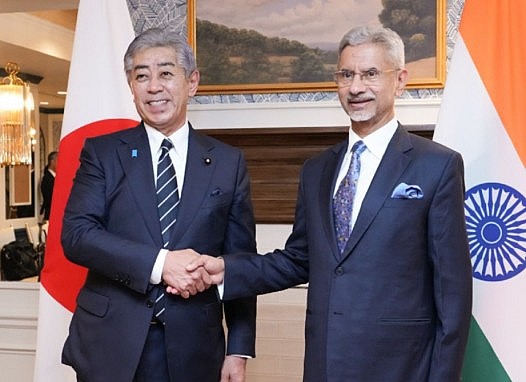 |
| Japanese Foreign Minister Takeshi Iwaya and his Indian counterpart Minister of External Affairs Dr S Jaishankar meet on the sidelines of the July 1 meeting of Quad foreign ministers in Washington, DC. (©Ministry of Foreign Affairs) |
The Indo-Pacific region is at a critical juncture where technological superiority increasingly determines strategic outcomes. Against this backdrop, Japan and India are breaking through decades of constraints and traditional partnerships to forge an unprecedented high-technology military collaboration.
This evolving relationship transcends conventional arms trade. It represents a fundamental reimagining of how two major democracies can jointly develop, produce, and deploy cutting-edge defense systems that will shape regional security architecture for generations.
The recent agreement on Unification Complex Radio Antenna masts technology, known as UNICORN, marks a watershed moment. This stealth-enhancing radar system, co-developed by Japan's NEC Corporation, with Bharat Electronics Limited, represents the first instance of defense equipment co-production between the two nations.
More significantly, it signals Japan's willingness to share its most advanced military technologies with India.
The significance of this breakthrough cannot be overstated. Japan's decision to share this advanced stealth technology, currently deployed on its cutting-edge Mogami-class frigates, positions India as only the second Asian nation, to receive such high-grade defense equipment from Tokyo. This selective technology transfer underscores the strategic trust between the two nations. Moreover, it demonstrates Japan's recognition of India as a critical partner in maintaining Indo-Pacific stability.
An Active Defense Technology Partner
In May 2025, the Japan-India Defense Cooperation in the Indo-Pacific regional framework was established. It provides a structured mechanism for managing bilateral defense initiatives from a "comprehensive and integrated perspective."
This builds upon earlier milestones, including the 2015 Agreements on Defense Equipment and Technology Cooperation, the 2021 Acquisition and Cross-Servicing Agreement, and the regular 2+2 ministerial dialogues that have deepened strategic convergence.
Underwater Technology
Beyond radar systems, the potential for collaboration extends through the entire spectrum of advanced military technologies. Japan's expertise in submarine technology presents immense opportunities. The Soryu-class submarines, featuring revolutionary lithium-ion battery propulsion systems, are the pinnacle of conventional submarine technology. These 4,200-ton vessels offer unmatched stealth and endurance capabilities, surpassing both the French Scorpene submarines currently being built in India and the German Type 214.
Japan's earlier reluctance to participate in India's P-75(1) submarine program stemmed from complex technology transfer requirements and procedural challenges. However, the evolving strategic environment and liberalized export policies have reopened possibilities for future collaboration.
Aerospace Advances
The aerospace domain offers equally transformative potential. During recent meetings, Indian Defense Minister Rajnath Singh specifically highlighted his country's capabilities and interest in collaborating on tank engines and aero engines. Japan possesses significant expertise in both areas. Also, Japanese companies have developed advanced materials, aero-structural technologies, and propulsion systems that could accelerate India's indigenous defense programs. Meanwhile, they also create synergies with Japan's own modernization efforts.
Security Exercises
Maritime security cooperation has already shown impressive progress through regular bilateral exercises. For example, the Japan-India Maritime Exercises known as JIMEX have evolved from basic interoperability drills to complex multi-dimensional operations. The annual Dharma Guardian exercises have enhanced army-to-army cooperation, while Veer Guardian and Shinyu Maitri have strengthened air force partnerships.
These exercises build the human and operational foundations essential for deeper technological collaboration.
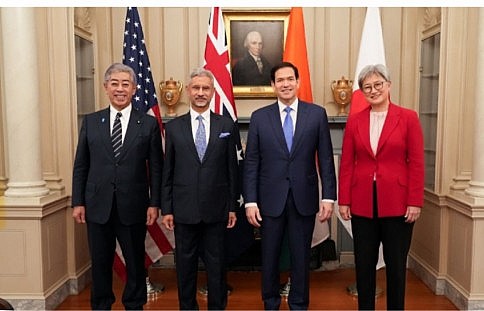 |
Forging an Indo-Pacific Security Architecture
The strategic logic driving this partnership, however, appears compelling enough to overcome these obstacles. Both nations face similar challenges in maintaining strategic autonomy while modernizing their defense capabilities. Neither wants excessive dependence on any single technology provider, whether Western or Russian. (Though some Japanese may not officially share the same view as this writer).
Japan possesses advanced technologies and manufacturing precision. However, it seeks to expand its defense industrial base and share development costs. India offers a large market, growing technological capabilities, and strategic depth in the Indian Ocean region.
The Japan-India high tech defense partnership embodies a vision for an indigenous Indo-Pacific security architecture built on shared democratic values and mutual strategic interests. This partnership offers both nations a pathway to advanced capabilities while maintaining strategic autonomy.
Recommended
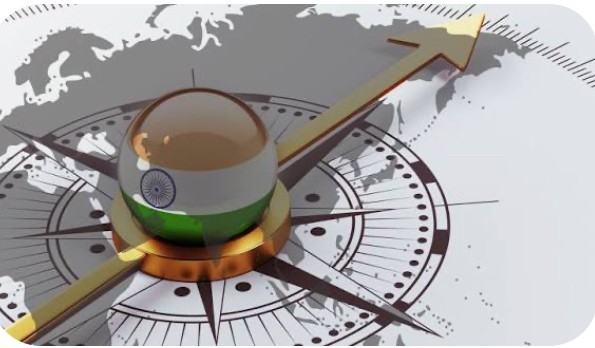 World
World
India’s package for exporters signals confidence in Southeast Asia markets
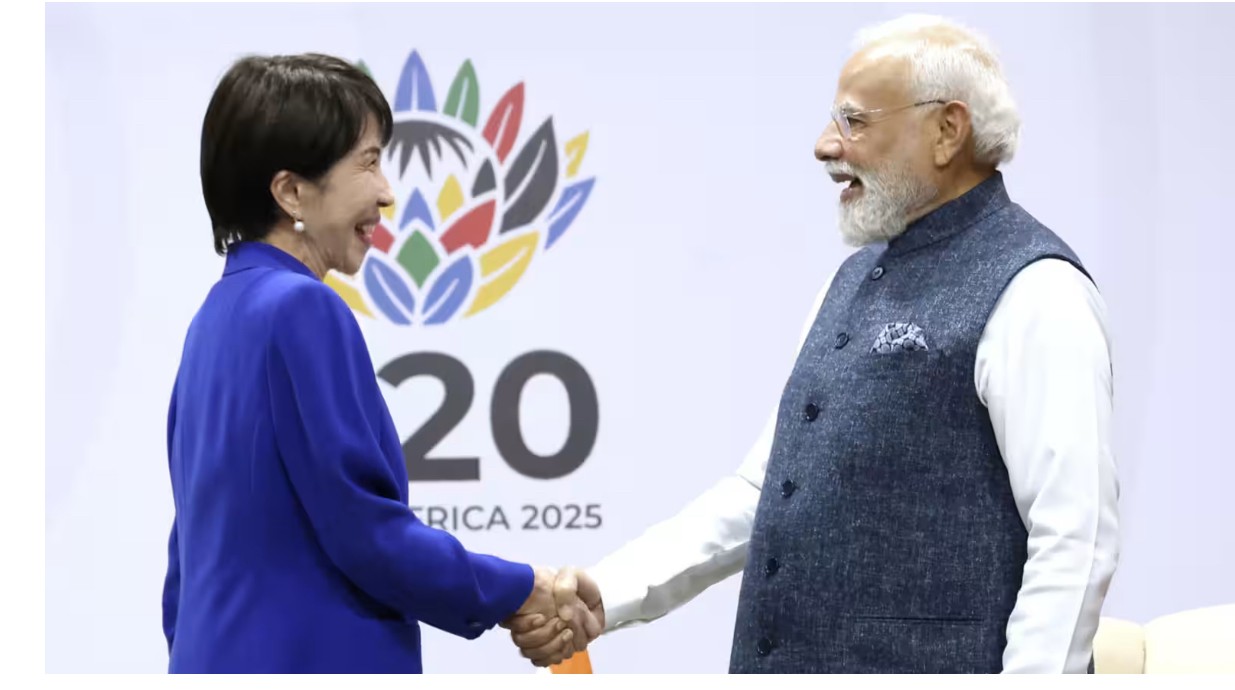 World
World
Japanese PM Sanae Takaichi and Indian PM Narendra Modi agree to deepen Japan-India cooperation
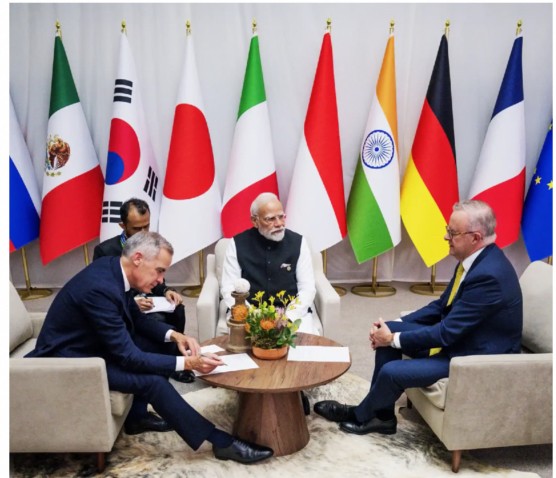 World
World
Australia, Canada, India Enhance Cooperation in Technology
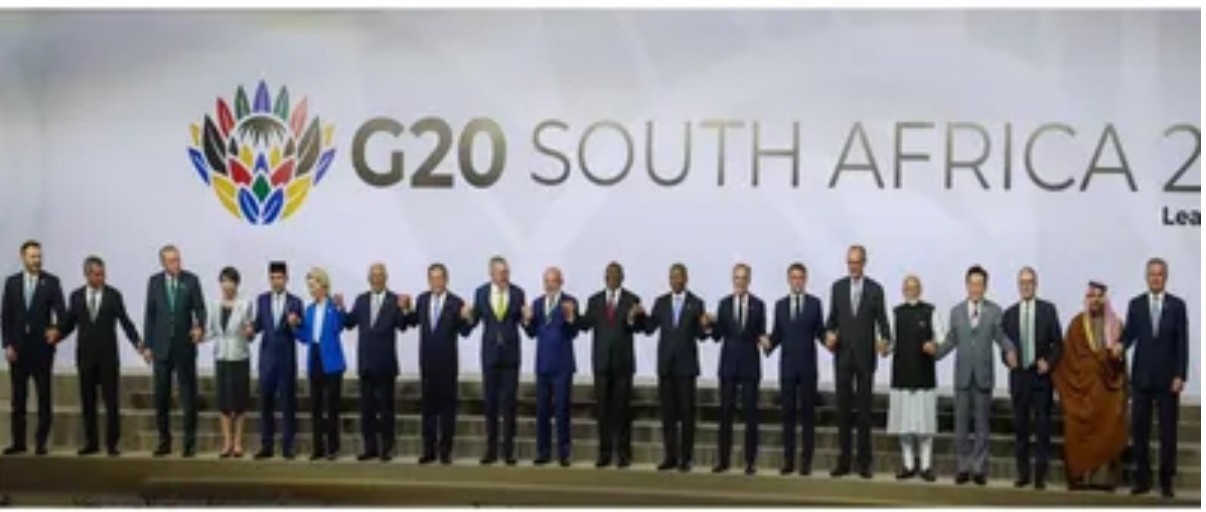 World
World
PM Modi underscores "shared commitment to global progress and prosperity" at G20 Leaders' Summit in Johannesburg
Popular article
 World
World
Bridges beyond borders: India’s supports Nepal’s growth, tourism, and cricket dream
 World
World
Russia 'Actively Preparing' For Putin's India Visit: Kremlin
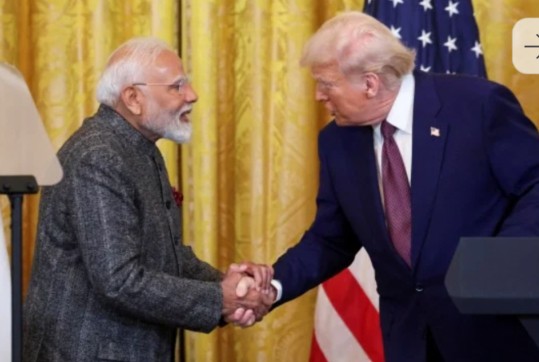 World
World
Are US-India ties set for a rebound after Trump’s trade talk optimism?
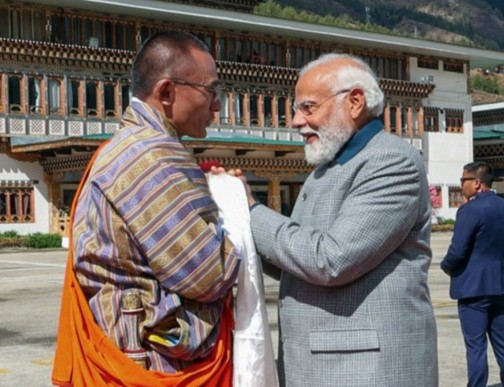 World
World



